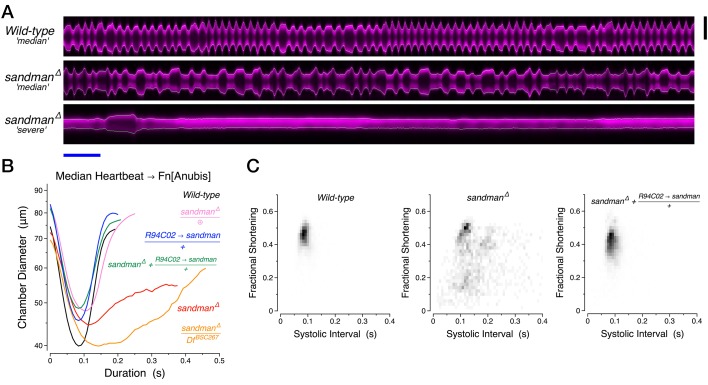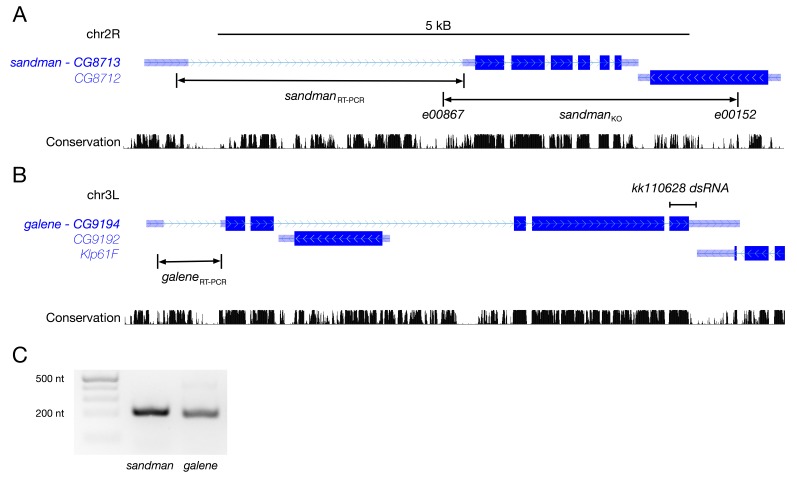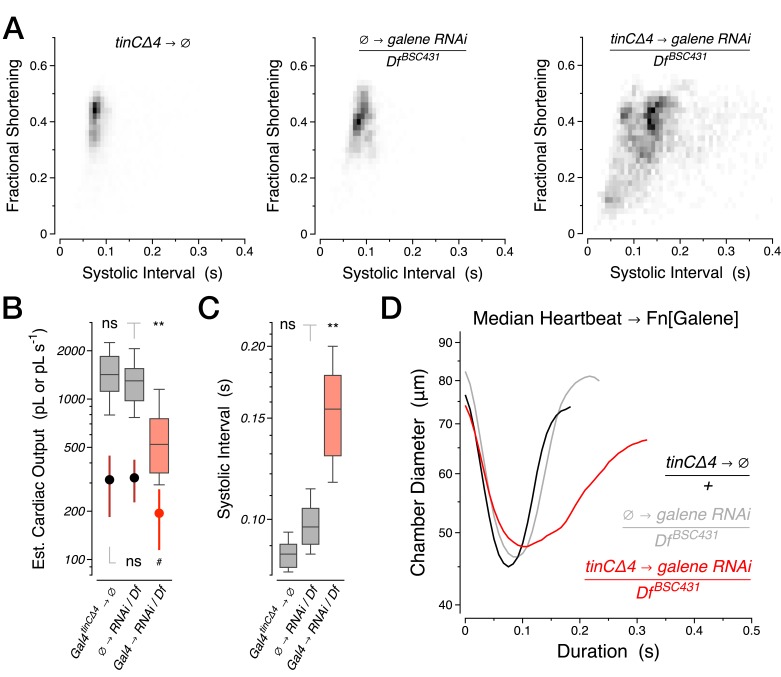Figure 3. Diastolic failure in sandman mutants.
(A) Representative YT kymographs of 50-day-old animals. Scale bars: (black vertical) 75 µm, (blue horizontal) 1 s. (B) Median heartbeat per genotype at 50 days of age. ⊕, clean excision of the mutagenic piggyBac insertion e00867. (C) Two-dimensional probability map of fractional shortening and systolic interval at 50 days of age. See also Video 2.
DOI: http://dx.doi.org/10.7554/eLife.20851.008



